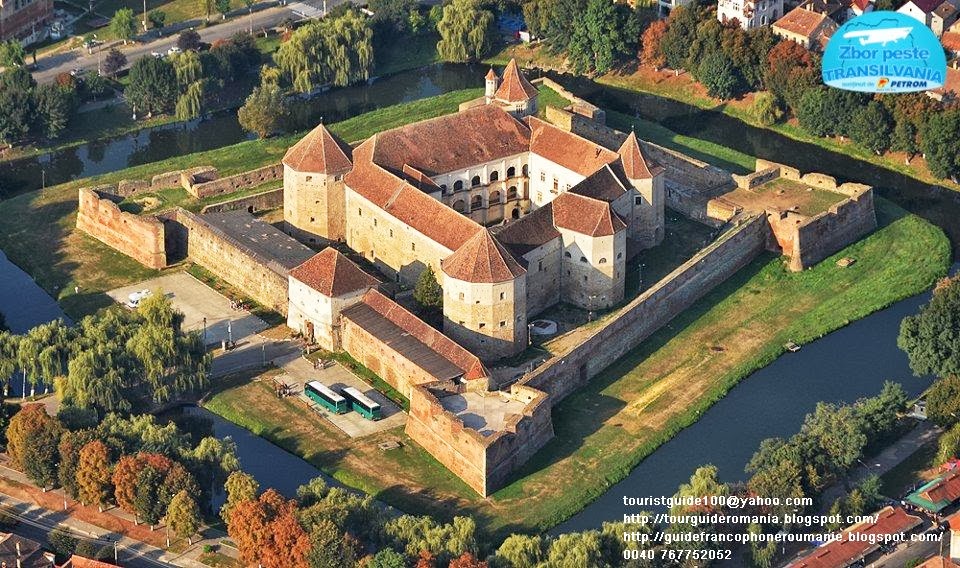Sibiu, the first Romanian city designated to be European Capital of Culture, in 2007. We invite you to enjoy the magic of Christmas at the traditional Sibiu Christmas Market.
Date: 22th of November-26th of December, 2013.
Location: Large Square, Sibiu.
Brief Info: it is the 7th edition
of the Sibiu Christmas Fair. Set in the old historic centre of Sibiu, it
opens the Christmas season with exhibitions, food, carols gifts and
decorations. It is visited by locals, native and foreign tourists alike.
Schedule/Activities:
- Live concerts: carols, gospel, jazz, folk, rock’n’roll;
- Theatre performances;
- Food stands: roasted chestnuts, almonds, pralines, chocolate, ginger bread, mulled wine etc;
- Stands with gifts and decorations;
- Workshops for children – guided by
professionals, the children decorate ginger bread, paint ceramic pots,
and create beautiful candles etc. It is suitable for children ranging 5
to 9 years old. Schedule: Monday to Friday, 10 a.m. – 4 p.m. with
booking. Maximum limit: 30 children per 40-minute session. The children
receive the necessary supplies and a certificate for completing the
workshop.
Romanians
spend the Christmas holiday in a special way, which is closely
connected with traditions and customs which are deeply rooted in
centuries-old history, elements of the rituals performed today remind us
of the Neolithic age. A very long time ago, in south-east of Europe,
Christmas was a solstice celebration and the inhabitants of the area
celebrated the solar deity bearing a similar name. The denomination “Mos”
indicates the worshipped character’s old age, a character that must die
in order to be reborn at the same time with the New Year. In many
European countries, Christmas and the New Year were jointly celebrated
on December 25th, and the custom was preserved in Romanian
Principalities until the end of the 19th century. The memory of those
days continues to be alive in the collective memory of several dwelling
places from Banat (Western Romania) and Transylvania (Central Romania),
since The New Year is also known as Little Christmas. In Romanian
Culture, Santa Claus, Mos Ajun’s
elder brother, identified as Saturn, the Roman god and as Mithra, the
Iranian God, is an ambivalent character, having miraculous powers
typical for the heroes of folk tales, as well as shortcomings typical
for the mortals. As an apocryphal character, Santa Claus was born
“before all the saints”, being “the shepherds’ leader from the village
where Jesus was born“. Santa Claus appears in big houses and stables
full of cattle, as a rich, elderly man, an old shepherd with a beard of
snow.
For tour packages / accommodation / trips don't hesitate to contact me : touristguide100@yahoo.com






